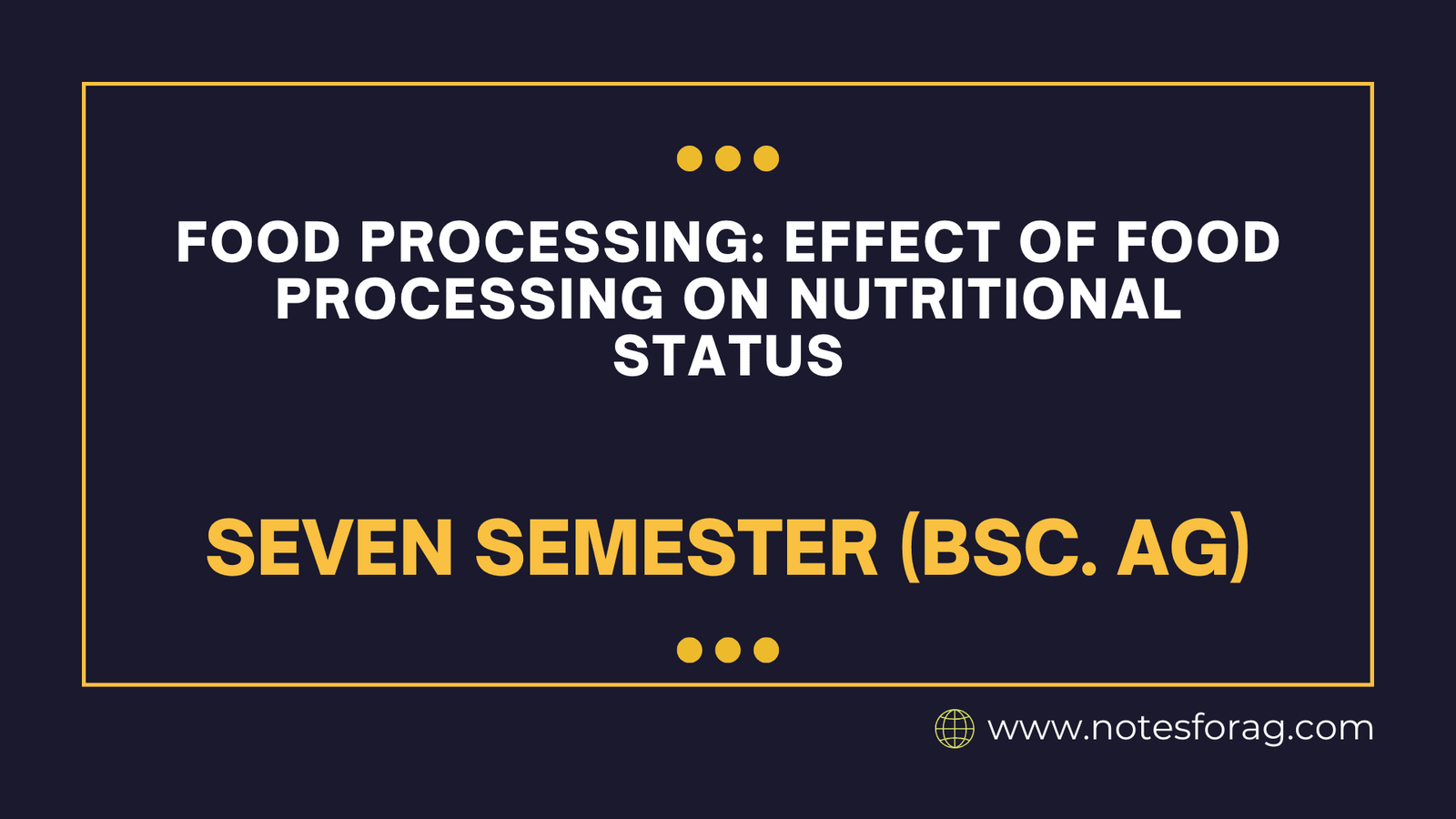Food processing significantly influences the nutritional value of the foods we eat. Though necessary for food safety, flavor enhancement, and longer shelf life, different processing methods can affect nutrient content in both beneficial and detrimental ways. Here’s a breakdown of how food processing impacts nutrition.
Table of Contents
Defining Food Processing?
Food processing encompasses transforming raw ingredients into consumable foods through methods such as heating, drying, freezing, fermenting, and using preservatives. Processing aims to make foods safer, tastier, or longer-lasting, but it can also change the nutritional profile.
Benefits of Food Processing on Nutritional Quality
Improved Nutrient Absorption
Certain methods improve nutrient availability, making them easier for the body to absorb. For instance, cooking tomatoes enhances lycopene, a beneficial antioxidant.
Fermenting or soaking grains and legumes helps reduce compounds like phytic acid, which can block minerals such as iron, zinc, and calcium, allowing for better absorption.
Nutrient Fortification and Enrichment
Food processing allows essential nutrients to be added to foods that may lack them, helping to address dietary gaps. For example, flour is often enriched with iron and B vitamins, while milk is commonly fortified with vitamins A and D.
This approach helps reduce widespread deficiencies and promotes better health.
Nutrient Retention through Freezing and Canning
Freezing and canning methods can lock in nutrients when foods are processed soon after harvesting. For example, frozen fruits and vegetables can retain more nutrients than fresh produce stored over time.
This preservation makes nutritious foods available year-round, enhancing dietary quality, even when fresh items are unavailable.
Elimination of Harmful Microorganisms
Methods like pasteurization, sterilization, and canning kill harmful bacteria and microorganisms, reducing foodborne illness risks. For instance, pasteurization of milk prevents bacteria such as Salmonella and E. coli.
This safety aspect is especially important in places where food contamination is more common.
Drawbacks of Food Processing on Nutritional Quality
Nutrient Loss
Cooking at high temperatures, such as frying or grilling, can destroy heat-sensitive vitamins, such as vitamin C and some B vitamins. Minerals like calcium and potassium can also be lost when foods are boiled.
Grain milling strips away nutrient-rich layers, leaving products like white flour and white rice with fewer vitamins and minerals compared to whole-grain varieties.
Addition of Unhealthy Ingredients
Processed foods often contain added sugars, unhealthy fats, and excess sodium, all of which can negatively impact health. High sugar and fat intake are linked to obesity, diabetes, and heart disease, while too much sodium can lead to high blood pressure.
Many packaged snacks, sugary cereals, and processed meats lack essential nutrients, providing “empty calories” that add energy but not significant nutritional value.
Formation of Harmful Compounds
Some processing methods produce harmful compounds. For example, grilling or frying meat at high temperatures can lead to chemicals like heterocyclic amines (HCAs) and polycyclic aromatic hydrocarbons (PAHs), which are associated with cancer risk.
Other methods, such as hydrogenation, produce trans fats, which raise bad cholesterol (LDL) and increase heart disease risk.
Loss of Helpful Enzymes
Heat processing, including pasteurization, destroys natural enzymes in food, which can aid in digestion.
Although these enzymes are not strictly necessary for nutrition, some individuals, especially those with sensitive digestion, may find that enzyme-rich foods are easier to digest.
Understanding Processed and Ultra-Processed Foods
It’s important to distinguish between processed foods (like canned beans and frozen vegetables) and ultra-processed foods (like soda, chips, and instant noodles). Processed foods retain most nutrients, whereas ultra-processed foods, with extensive ingredients and additives, often offer more calories and fewer nutrients.
Balancing Processed Foods in Your Diet
Despite some nutrient loss, food processing remains key to food safety and accessibility. To maintain a nutritious diet:
Choose minimally processed options like fresh produce, whole grains, and lean proteins when possible.
Read ingredient labels to stay informed about added sugars, fats, and sodium.
Incorporate fortified foods if concerned about specific nutrient needs.
Use gentler cooking methods like steaming and baking to retain nutrients.
Conclusion
Food processing affects nutrition in complex ways, offering benefits like nutrient retention and fortification, but also contributing to nutrient loss and the addition of unhealthy ingredients. By understanding how various methods impact nutrition, consumers can make informed choices to support a healthy, balanced diet.
Frequently Asked Questions (FAQ)
What is food processing?
Food processing involves transforming raw ingredients into edible foods using methods such as heating, drying, freezing, fermenting, and adding preservatives. It’s done to improve safety, flavor, or shelf life but can also impact the food’s nutritional value.
Can food processing add nutrients?
Yes, food processing allows fortification or enrichment, where essential nutrients like vitamins A and D, iron, and B vitamins are added to foods to address dietary gaps and support health.
Related Articles

